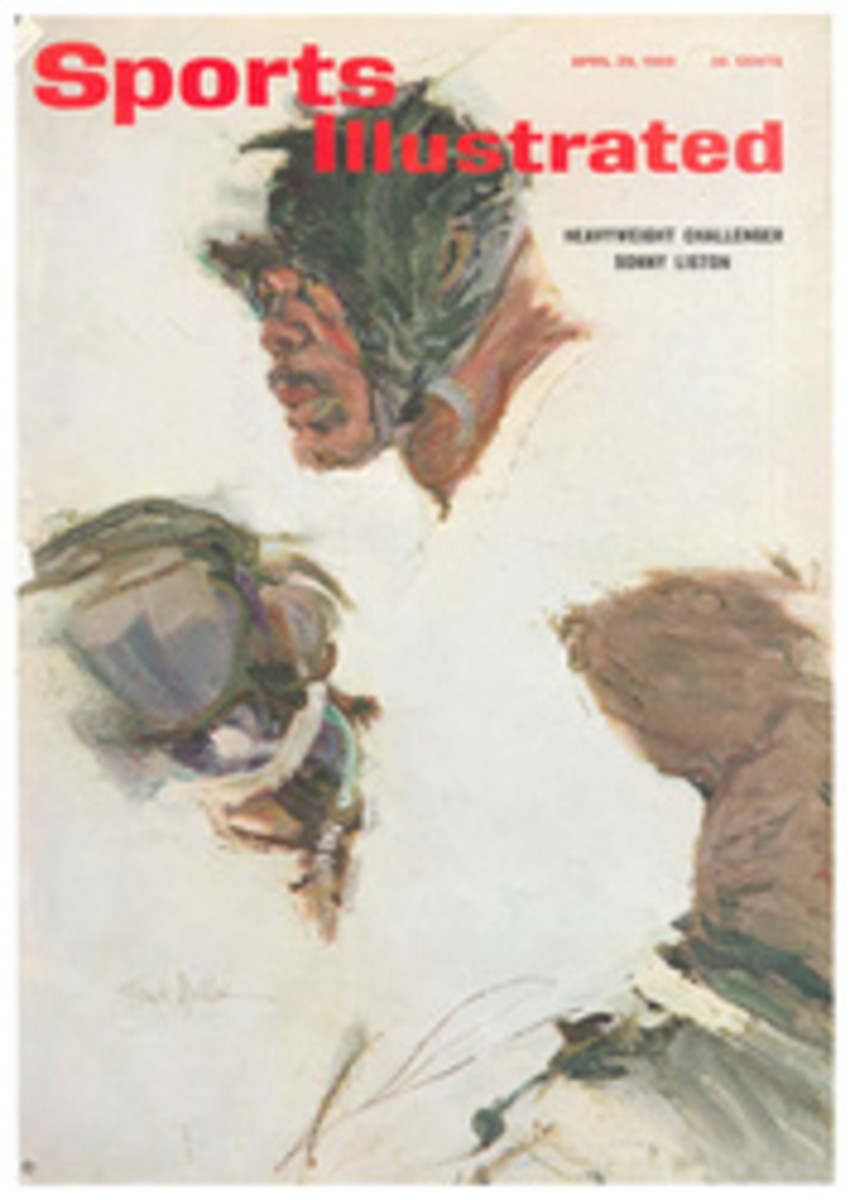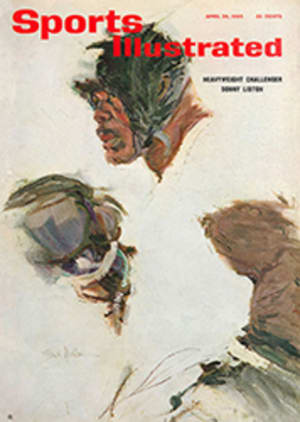
The High-flying Schoolgirl
On a clear winter evening in 1915 a long, curved flash of fire appeared in the night sky over Los Angeles and an airplane's engine throbbed faintly in the darkness. Any plane was a sensation then, and people crowded the streets to watch as two more 300-foot fire trails were scrawled across the blackness. The letters C A L (for California) were spelled brilliantly over the city.
The skywriter was Katherine Stinson—the first flyer to skywrite at night. (There are, of course, other claimants to the distinction.) The trick was brought off by tying magnesium flares to the wings of her plane and maneuvering to form the letters.
Kitty Stinson had been night-flying since 1913, when she practiced landings and takeoffs from a small private field, using the dim headlights of a friend's automobile to lead her in. Sometimes she made landings with only the flickering light of bonfires to guide her. Later she rigged a pair of auto headlights on her primitive craft.
But most of Kitty's daredevil stunts (she was the first woman ever to loop a plane) were performed in full daylight, and eager fair promoters sometimes gave her a minimum of $5,000 for a single afternoon's performance.
As a child in Canton, Miss., Kitty had wanted to study music, but her family could not afford to pay for her lessons. In 1912, while still in her teens, she read an article on aviation and forgot all about music. She left home, headed for a flying school in Chicago. In the summer of that same year she made her first solo.
Kitty borrowed enough money to purchase a Wright Model "pusher" aircraft, with its front-mounted pilot's seat completely exposed to wind and weather. She flew the Wright and at a cowboy fair in Cheyenne, Wyo. convinced herself that she could become a stunt flyer. She went to see Promoter William H. Pickens and asked him to hire her for his Flying Circus.
"Here she was," Pickens later recalled in the language natural to a promoter, "a little slip of a thing, with big brown eyes, a soft southern drawl and pink ribbons on her curls. She didn't look a day over 16."
Pickens ballyhooed Kitty as "The Schoolgirl Who Outflies the Men," and in newspapers she was sometimes called the Queen of the Sky. Gaudy posters flooded out to county fairgrounds across the nation.
The tiny, smiling flyer was an instant hit with fairgoers. When stunt king Lincoln Beachey plunged to his death in San Francisco Bay early in 1915, Kitty bought the Gnome rotary engine that had powered his ill-fated Taube and installed it in a plane of her own design.
She was a skillful mechanic as well as a daredevil. Early in her career she was taking engines apart and redesigning them. She eventually built and modified all of her own planes. (Her brother, Eddie Stinson, later became equally famous as a pilot-designer in his own right, and the Stinson plane bears his name.)
In 1917, Kitty made an exhibition tour of the Orient. In May of 1918, flying nonstop from Chicago to Binghamton, N.Y., she set new official distance and endurance records, having covered 783 miles in 10 hours.
Kitty's reputation for fearlessness was enhanced by highly publicized stunt runs at Ascot Speedway and Sheepshead Bay, where she shared the spotlight with Barney Oldfield, Ralph DePalma and other speed greats of the era.
She flew the first airmail route in western Canada and during World War I established a training school for Allied flyers in San Antonio.
With U.S. entry into World War I, Kitty requested permission to pilot a combat plane against the enemy. When she was refused permission she headed for Paris and took over a Red Cross ambulance.
But her violent, dangerous years came to a close when she contracted tuberculosis in France and was sent back to the States for treatment. She was close to death for many months in a New York sanitarium, then slowly rallied.
Several years in New Mexico restored her health, and in 1927 she married an ex-World War I aviator, Miguel Otero. Their home is in Santa Fe, N. Mex., where Kitty, now in her late 60s, likes to contrast the freedom of early flight with the crowded present.
"In the early days," she once said, "it was fun to fly. You could soar over rooftops and trees, or drop down to meet a passing train and wave at the engineer. The whole sky belonged to you. Now there are so many regulations. The sky is crowded. All the fun is gone."
Established in the pioneering age of Wright and Curtiss, the family name of Stinson earned its place in the history of commercial aviation. A schoolgirl who traded music for flight saw to that.
PHOTO

